
COVID-19: Are We The Virus? The (Much) Cleaner Earth Breathes In New Life Thanks To The Global Lockdown
Lifestyle Dec 25, 2020
We continue our holiday series: Our #ICYMI Stories Of 2020. Here, on Earth Day, we examined how the world was able to breathe during the global COVID-19 lockdown and whether we were the culprits.
Ever since the citizens of the earth has gone into lockdown the climate has become an unexpected beneficiary. Due to a noted decrease in pollution rates, the resurgence of fishes are coming back to crystal clear waters while previously smog-covered monuments are shining bright. On this Earth Day, we ask ourselves, are we the virus?
When the globe entered the various stages of self-isolation, quarantine and lockdowns starting in January the concern was to stop the spread of the Coronavirus. Wuhan, China the site of the first outbreak was the first city in the world to completely shut down around January 1st. A couple of months later was when Italy, Spain, Canada and 90% of the United States practiced various lockdown or stay at home orders starting from early March. On March 22, 2020 India’s Prime Minister Narendra Modi declared a 21-day lockdown (which has sense been expanded) ordering 1.3 billion of his (non essential) citizens to stay at home.
All of this was an effort to stop the spread of the most contagious virus so far known to man. However, what wasn’t expected was how the climate benefitted from us getting out of its way.
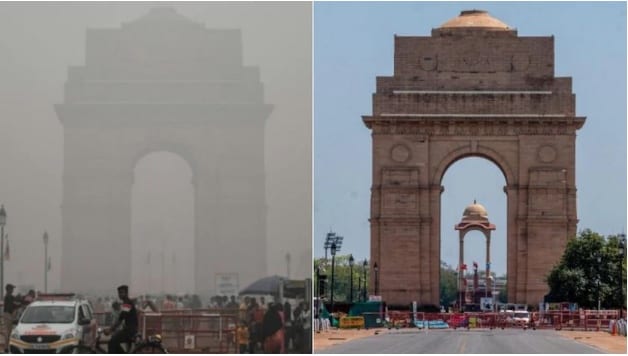
Citizens of the world started sharing social posts of sights that they themselves couldn’t believe. Crystal clear waters, blue skies, snow-capped mountains from 100 miles away.
New Delhi is notorious for their incredible devastating smog. Becoming the world’s most polluted capital for a second year in a row in 2019, as per IQ AirVisual a Swiss group that gathers global air quality information.
Locals were so used to seeing cloudy images of The India Gate war memorial that when the smog cleared (thanks to the lockdown), social media lit up with before and after photos of a) The India Gate shining in all its glory and b) the actual Delhi sky which was also never seen before in almost a decade.
Before Delhi locked down according to IQ AirVisual, the average concentration of the poisonous PM2.5 particles in a cubic meter averaged at 81.88, around the same time last year. In 2019, their yearly average of PM2.5 particles was 98.6.
Compare that to the first three weeks of India’s lockdown. Reuters noted the concentration of “poisonous PM2.5 particles in a cubic meter of air averaged at 44.18” which meant a “good” rating — the safest on record. That’s almost a 60% drop for the city.
IQAir AirVisual’s 2019 World Air Quality Report noted that India is home to 21 of the 30 worst polluted urban areas in the world, with six of their cities in the top 10.
India’s Central Pollution Control Board noted that 85 cities across India saw less air pollution in just the first week of the lockdown.
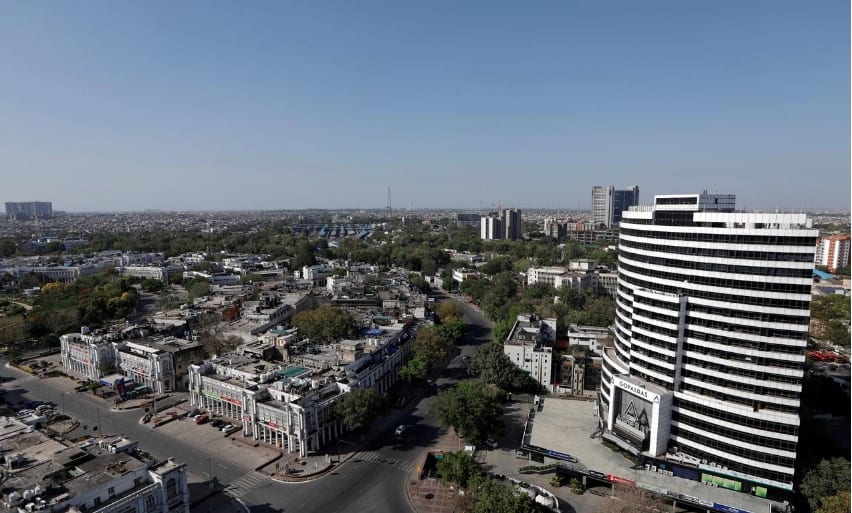
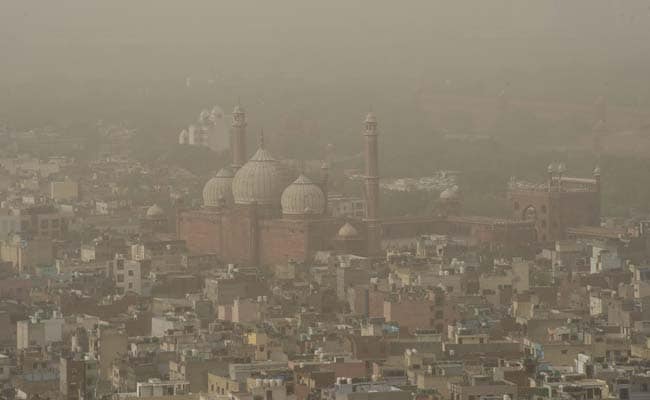
China has also shown incredible decrease in pollution rates with Wuhan as mentioned earlier, being the first city in the world to experience a total and complete lockdown. According to a study by Stanford University the reduction of pollution in Wuhan saved approximately 77,000 lives due to their dramatic decrease of PM 2.5 particles which, according to studies range in a decrease of approximately 40%.

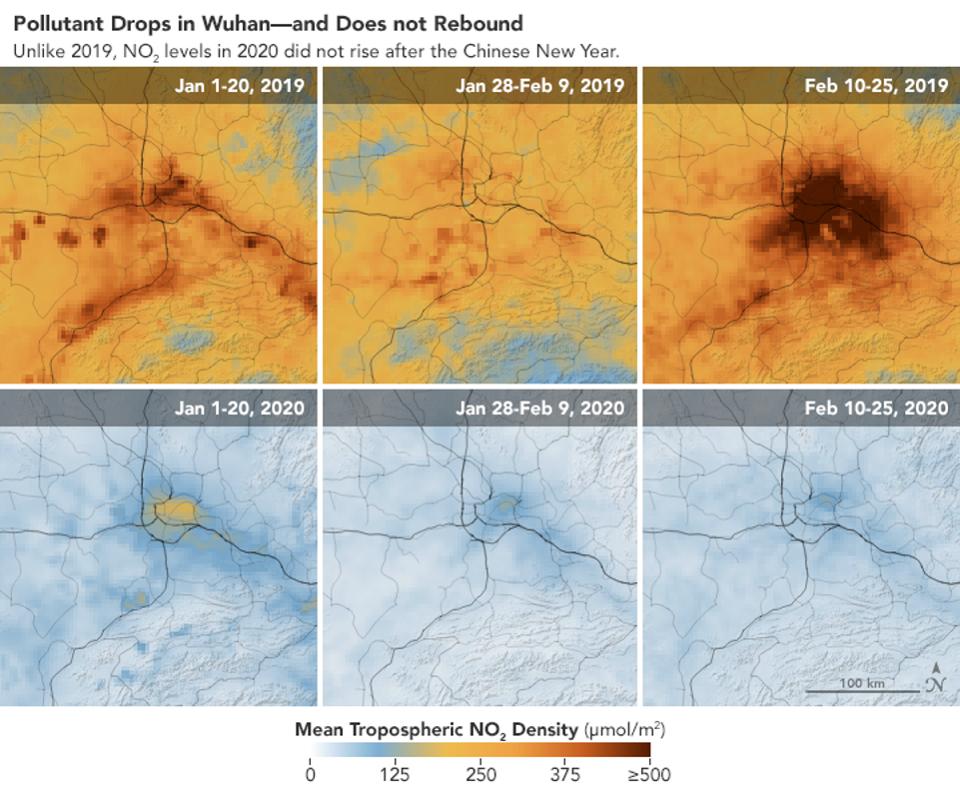
Venice, Italy one of the first cities European cities to shutdown in early March sparked incredible awe on social media as people started posting photos of the waters of the iconic canals being so clear that one could actually see right to the bottom. As early as yesterday, there was film footage of jellyfish casually making its way along the canal.
However according to an email to ABC News by Pierpaolo Campostrini the managing director for the Consortium for Managing Scientific Research on Venice Lagoon System, the waters are clear simply because the sediment isn’t being kicked around from the vibration of the passing boats. However, I am a believer that there’s no doubt that the absence of boats (which also means, no engines and no fuel) has definitely played a part.
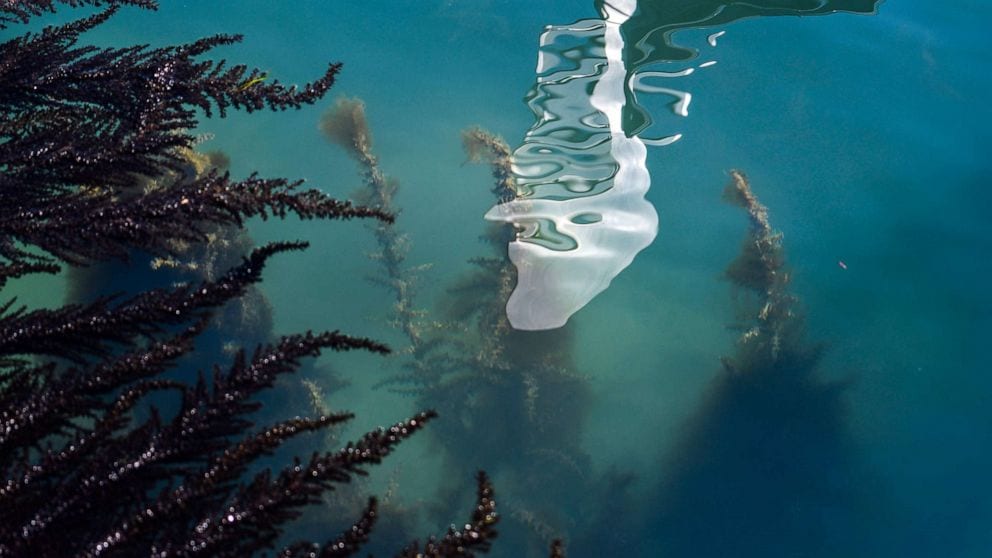
Back in India, it wasn’t until insta posts started popping up from Jalandhar, Punjab, that continued to give us some jaw-dropping snaps. The snow-capped peaks of the the Dhauladhar mountain range, which is part of the Himalayas and located about 100 miles north in the state of Himachal Pradesh, caught some locals to declare that this was the first time they have seen these majestic landscapes in such clarity in almost 30 years.

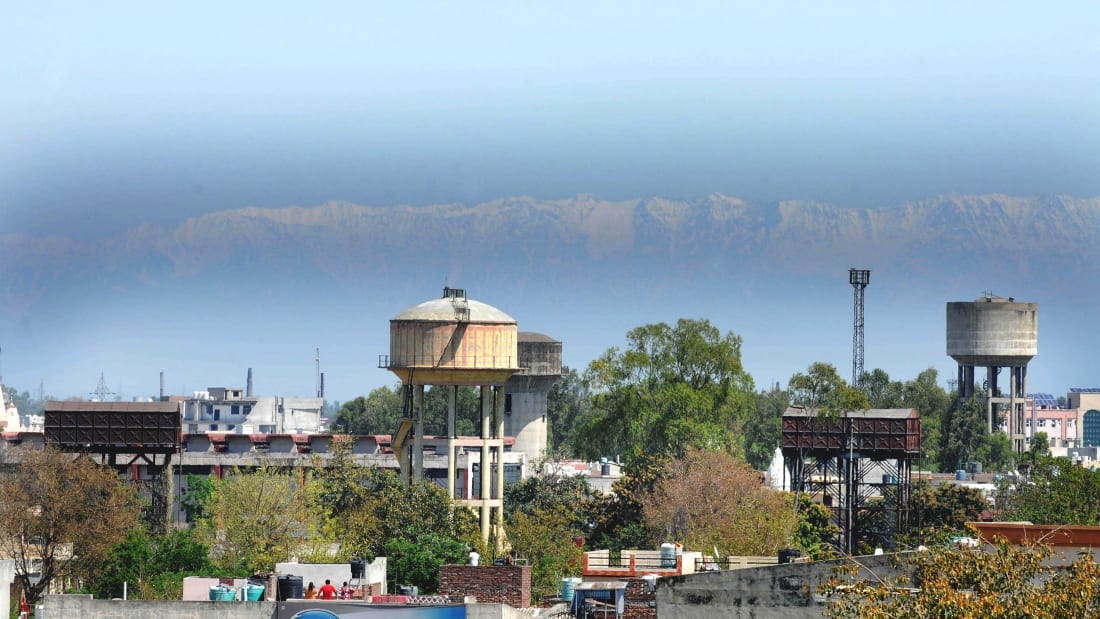
Mother Earth needed to exhale. And we needed to get out her way.
Now that we see these startling results, the question remains: what will happen when these cities and countries start to open up? As humans we are very selfish people with short memories. So I’m not going to say that we will completely change our course. However if you take into consideration at how the global workforce has quickly adapted to the telecommuting world (immediately resulting in a dramatic decrease in commuters using public transit and private cars), that small change (with big impact) can definitely be the much needed step in the right direction.
There’s no denying it now. We have seen it, felt it and experienced it.
There’s no excuse on moving towards more energy efficient, carbon neutral, climate friendly initiatives. And if we squander this second chance, then it’s further proof that yes, we are the virus.
Main Image Photo Credit: www.theatlantic.com
Hina P. Ansari
Author
Hina P. Ansari is a graduate from The University of Western Ontario (London, Ontario). Since then she has carved a successful career in Canada's national fashion-publishing world as the Entertainment/Photo Editor at FLARE Magazine, Canada's national fashion magazine. She was the first South Asian in...













































































































